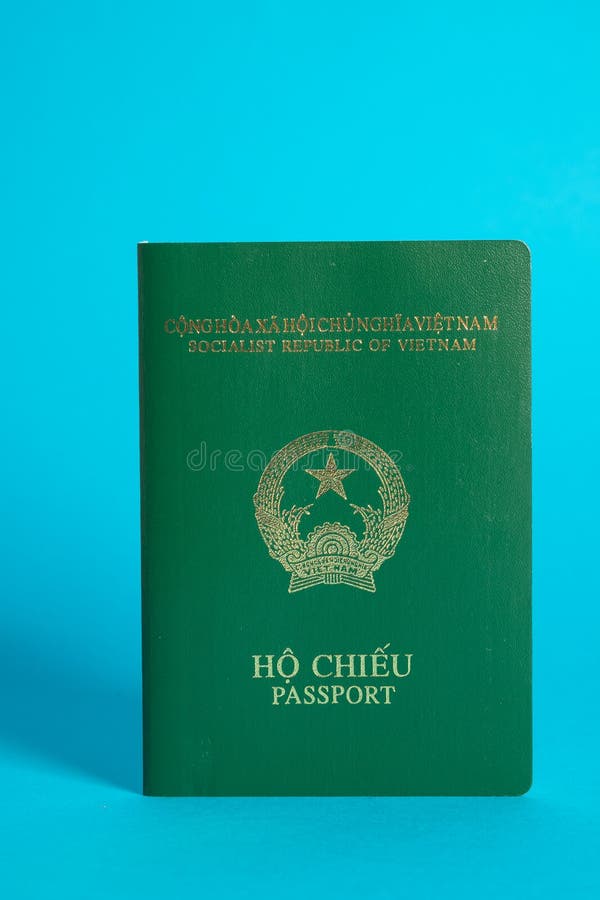

While not the cheapest of souvenirs, authentic lacquer art is worth spending a bit more on. The time consuming, intensive process of creating Vietnamese lacquer art results in a beautiful, smooth and polished finish that adorns everything from bowls to paintings and jewelry boxes. If you’re a coffee fan, why not take a little taste of Vietnam home with you. CoffeeĪs one of the world's largest coffee exporters, Vietnamese coffee is among the world's best. Some of Vietnam's hilltribe people make excellent woven bags, clothing and jewelry which make meaningful souvenirs for friends back home. Find a tailor, choose your fabric, get measured and return later to collect your custom-made fashion. Hoi An is one of the best places in the world to get tailor-made clothing at a great price. The United States and Canada generally have strict customs laws. It's a good idea to check with your local customs officials to ensure that you are able to bring certain items back into your home country. Vietnam has a nice mix of interesting markets and small shops, with handicrafts, art and clothing among the best picks. Although many Vietnamese people live below the poverty line, there have been widespread improvements in literacy and health which hopefully will continue to improve in the years to come.

Vietnam's economy continues to expand, with agriculture and industry providing the backbone, and the tourism sector also contributing.
Vietnam visa photo tool free#
More recently, Vietnam has benefited from the free market economy that was set up in 1986. By the 1980s Vietnam's economy had all but collapsed, leading to further waves of migration out of Vietnam. The second Indochina War created wide-scale devastation and turmoil for the people of Vietnam, leading to mass migration to other parts of the world as asylum seekers tried to escape the conflict that ravaged their homeland. Following this war, Vietnam was divided, with separate forces ruling the north (led by Ho Chi Minh) and the south (led by Ngo Dinh Diem, with support from the United States). Although the French managed to suppress internal movements towards independence for many years, their control was finally relinquished in 1954 when Vietnamese forces overcame the French during the first Indochina War. French Indochina was formed in 1887, and included parts of Vietnam, Cambodia and, later on, Laos. Recent Historyĭuring the 19th century, Vietnam came under the influence of French colonizers, who assumed control of Vietnam after the Sino-French War of 18. By 938, this period of Chinese imperial domination came to a close and Vietnam entered into an age of independence. Various Chinese dynasties dominated the area for hundreds of years, although revolts finally led to Vietnam gaining self-autonomy in 905. Early society was mostly feudal and agriculture-based, with various dynasties overseeing different parts of Vietnam until the Chinese invasion of 111 BC, which saw the societies of Vietnam and China become intertwined.


Archaeological finds suggest that structured societies were in existence from as early as the 1st millennium BC. The land now known as Vietnam has been inhabited since prehistoric times.


 0 kommentar(er)
0 kommentar(er)
